Forget to charge your music player before a run, or the battery life of your smartphone insufficient to get you through the day? For a generation that depends on electronic devices for their daily needs, the challenge of charging or powering gadgets begs for a sustainable solution.
Material scientists at the University of Massachusetts, Amherst, have invented ‘off-the-shelf clothing’ which, due to the incorporation of metal-free electrodes, have the ability to transfer electricity harvested from motion of the body to small and wearable electronics. The aim of this study was to make any weave, textile or fabric into a conductor and also employ the little amounts of energy generated by relative movement, remarked project head, Trisha Andrew, in her research paper.
How It Works
The concept behind the lightweight, power-generating clothing is triboelectricity (tribo meaning rubbing), electric charge developed from friction. Just like how when two objects, such as a comb on wool are rubbed together it creates static, in this study, different layers of materials were connected between electrodes and brushed to produce a few watts of electricity; same material surfaces do not produce a variation in charge and therefore no current. Typically, it is the conversion of mechanical into electric energy.
But how was it created? 500nm of PEDOT, or poly(3,4-ethylenedioxytiophene) was coated onto yarn by the vapor deposition method to render the plain-woven fabric conductive, pliable, breathable, stable and mostly resistant to wear and tear. What’s more was that it felt good to the touch too!
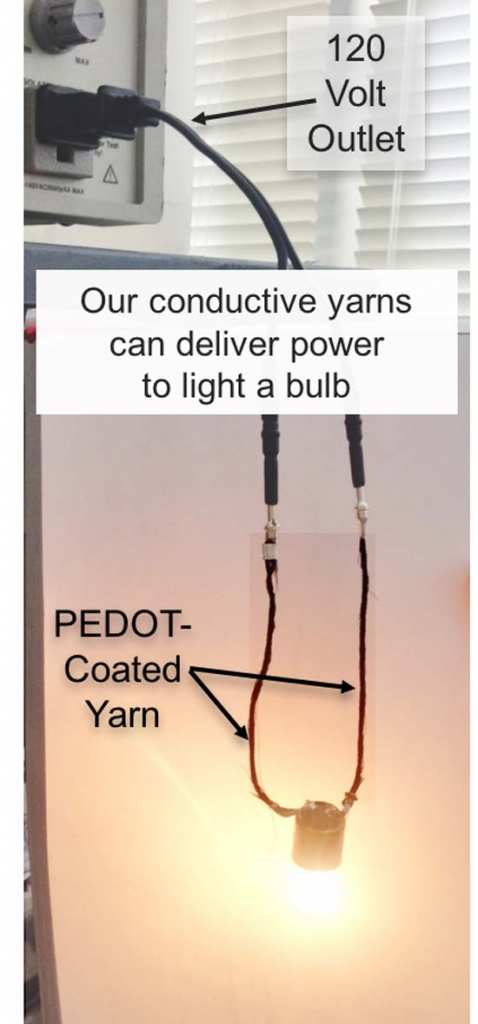
PEDOT-coated yarns act as “normal” wires to transmit electricity from a wall outlet to an incandescent lightbulb. Materials scientist Trisha Andrew at UMass Amherst and colleagues outline in a new paper how they have invented a way to apply breathable, pliable, metal-free electrodes to fabric and off-the-shelf clothing so it feels good to the touch and also transports electricity to power small electronics. Harvesting body motion energy generates the power. (UMASS)
Uses & Future of Power Clothing
Andrew, Director at Center for Personalized Health Monitoring at the Institute of Applied Life Sciences (IALS), said that this invention was built with a scalable, cost-effective technology and that the wearable technology would be a “huge leap for consumer products” as it needn’t be familiarized to the public because there was already something similar in the market in the form of cotton-silk threads etc.
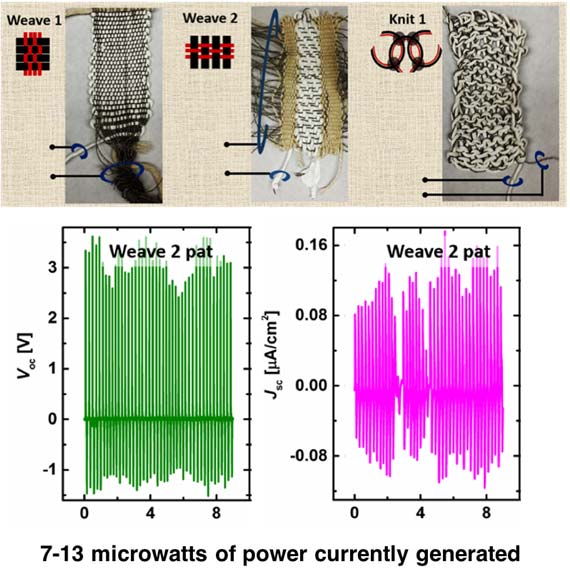
Three different textiles that can convert tugging/patting motions into power. Materials scientist Trisha Andrew at UMass Amherst and colleagues outline in a new paper how they have invented a way to apply breathable, pliable, metal-free electrodes to fabric and off-the-shelf clothing so it feels good to the touch and also transports enough electricity to power small electronics. Such conducting textiles can then be built up into sophisticated electronics. (UMASS)
Her team, onto the next project, are reportedly creating a fitness bra that will act as a heart rate monitor. So not only are these garments useful in acting as chargers but they can also be applied in monitoring data in areas of healthcare, medicine and defense. Research for these fabrics was, in fact, assisted by the Air Force Office of Scientific Research. As professor at the Georgia Institute of Technology, Zhong Lin Wang, after his experiments in the same field, said, “Friction is everywhere, so this principle [of triboelectricity] could be used in a lot of applications.”
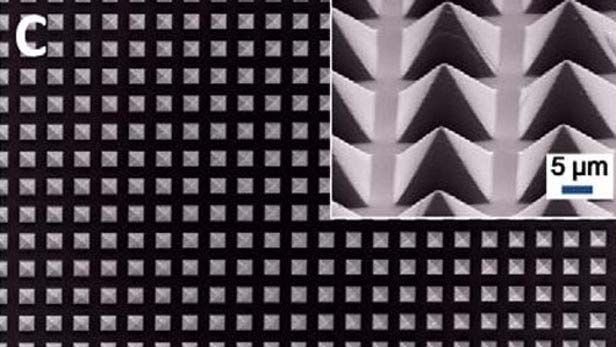
The pyramid patterns created in a polymer sheet increase current production in the new triboelectric generator (Image: Zhong Lin Wang)
For the future, design prototypes of textile batteries or converting clothes into solar cells — i.e. power sourcing and storage with the help of sunlight — are doing the rounds, of course, attempting to improve the endurance and shelf-life of the clothing at the same time.
Isn’t it wonderful and revolutionary? The power to create electricity yourself!
Top image: Power to the people: New material developed by physicists in South Korea generates electricity as it moves. Sang-Woo Kim
References:
Andrew, T. (2017), UMassAmherst, http://www.umass.edu/newsoffice/article/shelf-power-generating-clothes-are-almost, (accessed 18 June 2017)
Ornes, S. (2015), Science News for Students, https://www.sciencenewsforstudents.org/article/‘smart’-clothes-generate-electricity, (accessed 18 June 2017)
Irving, M. (2016), New Atlas, http://newatlas.com/solar-wind-fabric/45414/, (accessed 19 June 2017)
Quick, D. (2012), New Atlas, http://newatlas.com/triboelectric-generator/23248/, (accessed 19 June 2017)
Zhang, L. et al. (2017), ‘Rugged Textile Electrodes for Wearable Devices Obtained by Vapor Coating Off-the-Shelf, Plain-Woven Fabrics’, Advanced Functional Materials

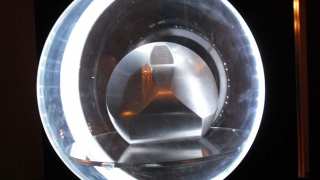
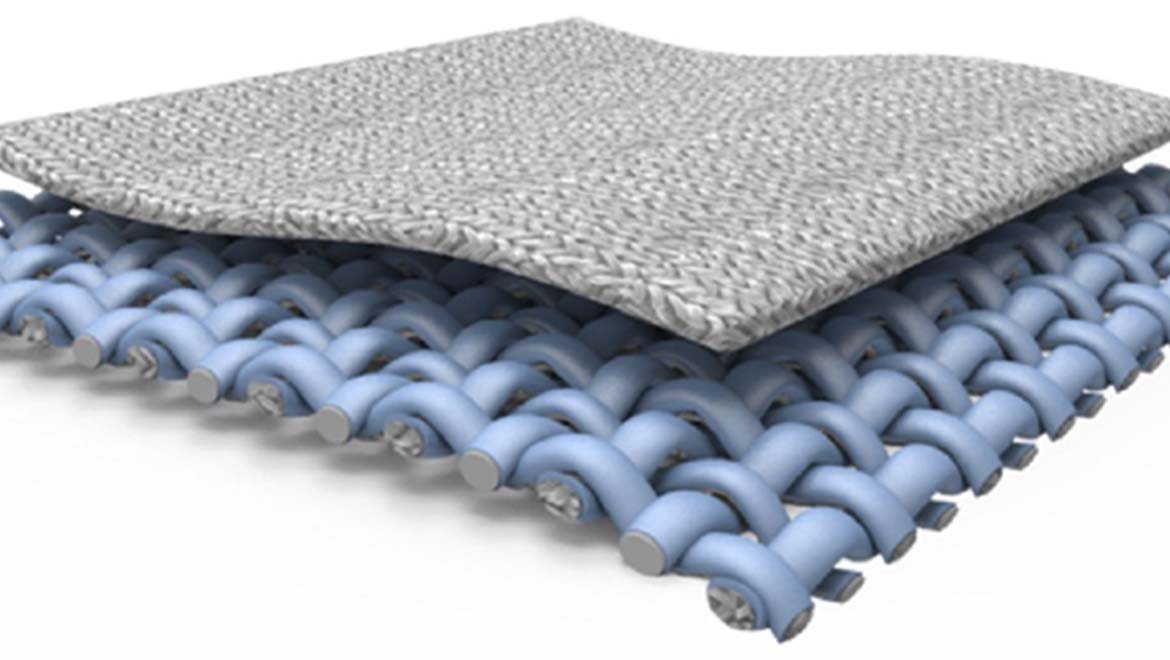




No comment